The Milky Way Galaxy - Our Home
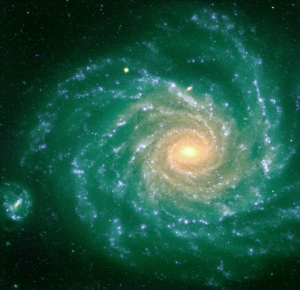
|
The Milky Way galaxy is a giant star-city. Our Sun is one star in the
city, and there are many, many others, our neighbors. Our Galaxy
looks like a pinwheel - it is a
spiral galaxy. There are spiral arms and a bright central part.
The Sun is far from the center of the Galaxy. The Sun is going around
the center of the Galaxy, and it takes the Earth with it!
In our Galaxy, there are some old stars and some young ones. While
the Sun is old compared to you, it is young compared to the Galaxy.
Look at where the Sun is in our Galaxy. There are many more stars in
the center part than in the spiral arms where the Sun is. Can you
imagine what the sky might look like if our Sun, and the Earth, lived
near the center of the Galaxy, our star-city?
|
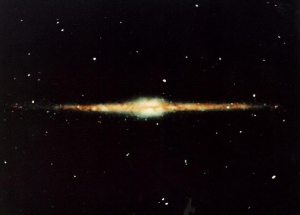
A galaxy like the Milky Way as viewed from the top, and the
actual Milky Way as viewed in the infrared
Click on top image for diagram (276K JPEG)
Click on bottom image for diagram (204K JPEG)
European Southern Observatory & NASA COBE Project
|
Like other spiral galaxies, the Milky Way has a bulge, a disk, and a
halo. Although all are parts of the same galaxy, each contains
different objects. The halo and central bulge contain old stars and
the disk is filled with gas, dust, and young stars. Our Sun is itself
a fairly young star at only 5 billion years old. The Milky Way galaxy
is at least 5 billion years older than that.
|
 Questions and answers about the Milky Way
Questions and answers about the Milky Way
 A Matter of Scale - interactive showing the sizes of things, from very tiny to huge - from NSF
A Matter of Scale - interactive showing the sizes of things, from very tiny to huge - from NSF
You might also be interested in:
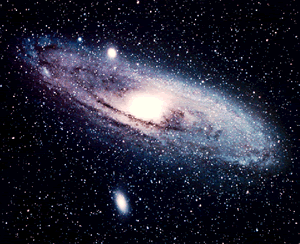
Spiral galaxies may remind you of a pinwheel that blows in the breeze. Like a pinwheel, a spiral galaxy is rotating, and it has spiral arms. Through a telescope or binoculars,a spiral galaxy may look
...more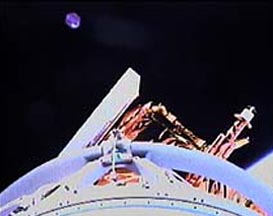
NASA launched a new satellite called the Far Ultraviolet Spectroscopic Explorer (FUSE). It will help scientists study the Big Bang by looking at light coming from objects far away. This will allow scientists
...more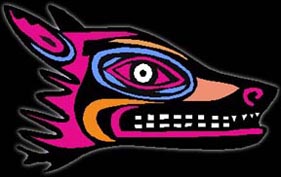
In Navajo mythology, the Milky Way was created by the mischievous god, Coyote. Coyote was very impatient when the Holy People decided to place the stars in the sky. In his anger, he chose to place a red
...more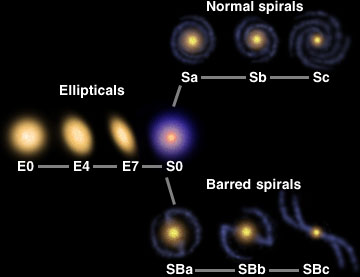
When we look up at the night sky, we notice that there are many stars in our sky. Stars must like to live together in star cities - galaxies. Our city of stars is called the Milky Way, and it is home to
...more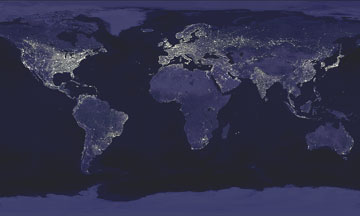
What is light pollution? Simply put, light pollution is the unwanted illumination of the night sky created by human activity. Light pollution is sometimes said to be an undesirable byproduct of our industrialized
...more
For a long time, scientists have wondered if there are other systems of planets like our own in our galaxy. Recently scientists discovered a solar system that has smaller versions of Jupiter and Saturn.
...more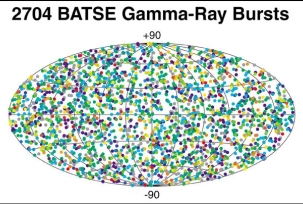
Satellites in the 1960's looked for a type of light called Gamma Rays. They found bursts of Gamma Rays coming from outer space! They can't hurt you. They are stopped by the Earth's atmosphere. We have
...more


 Questions and answers about the Milky Way
Questions and answers about the Milky Way
 A Matter of Scale - interactive showing the sizes of things, from very tiny to huge - from NSF
A Matter of Scale - interactive showing the sizes of things, from very tiny to huge - from NSF














